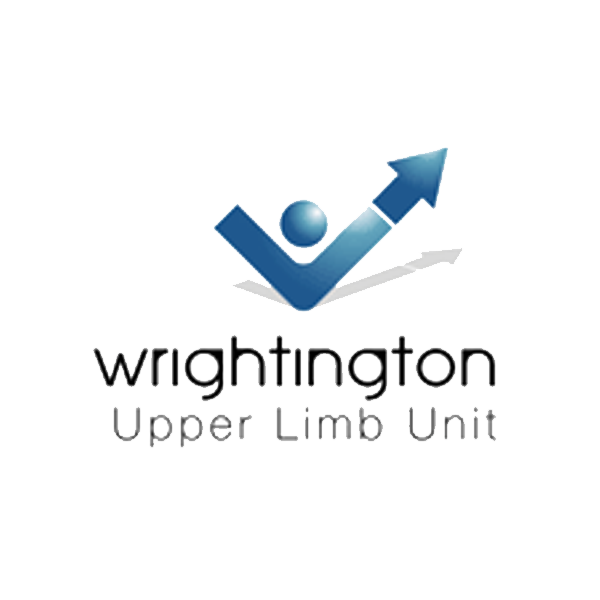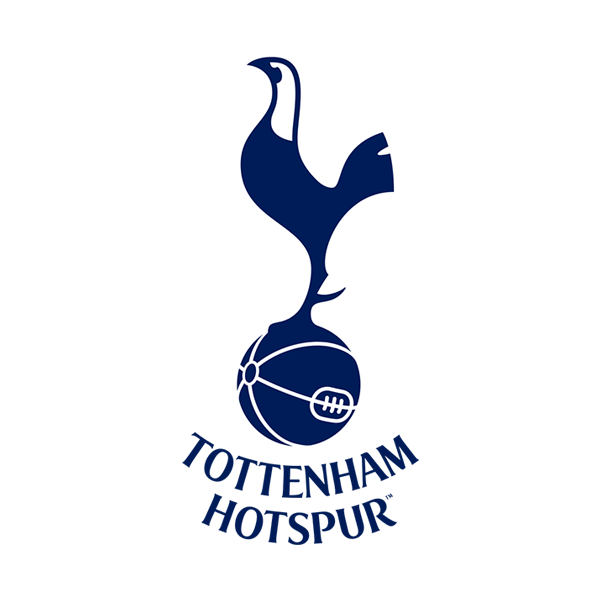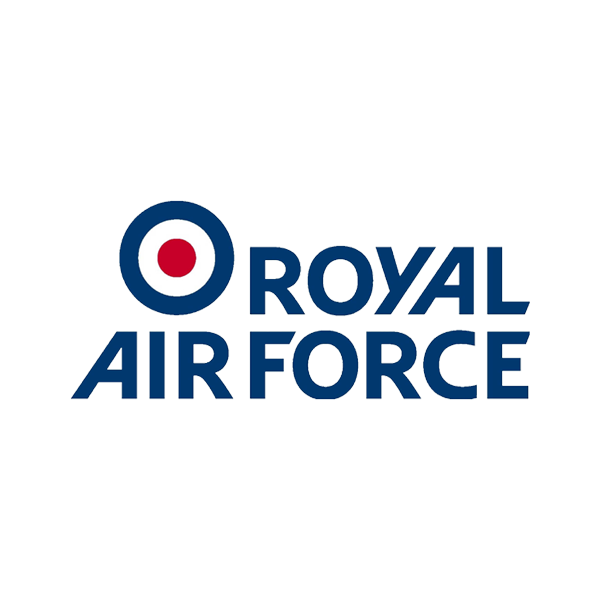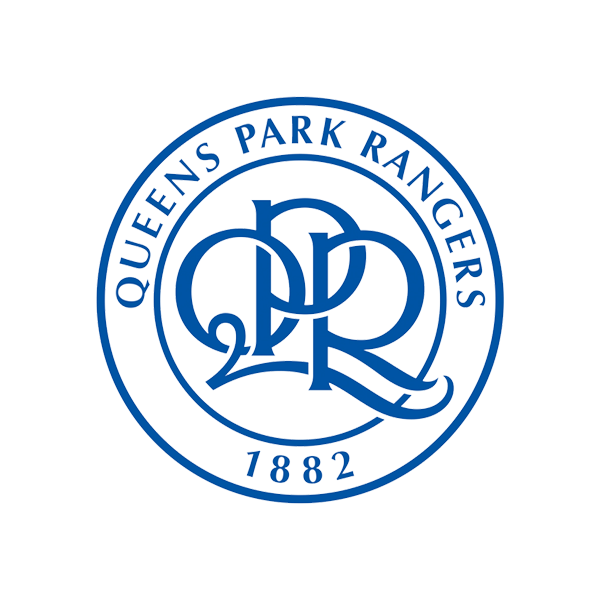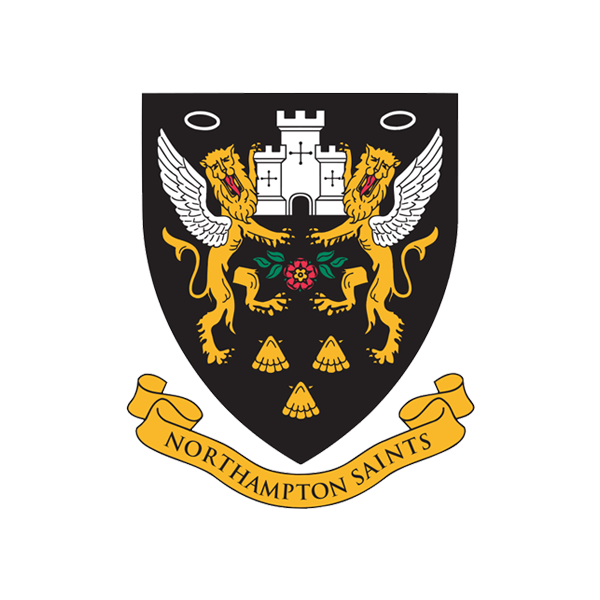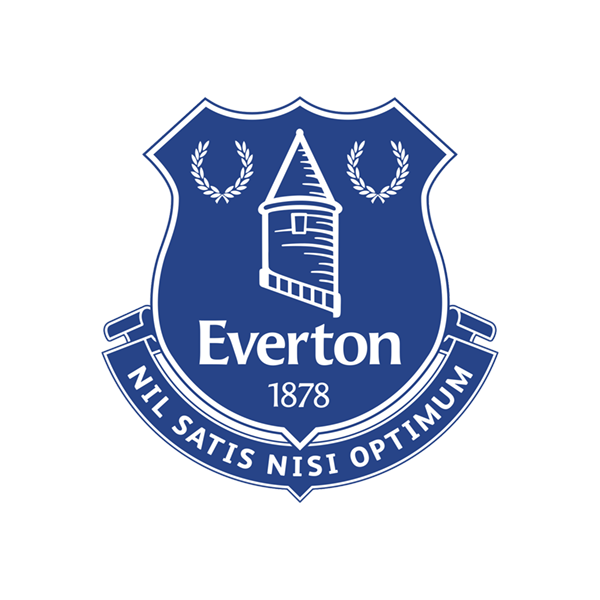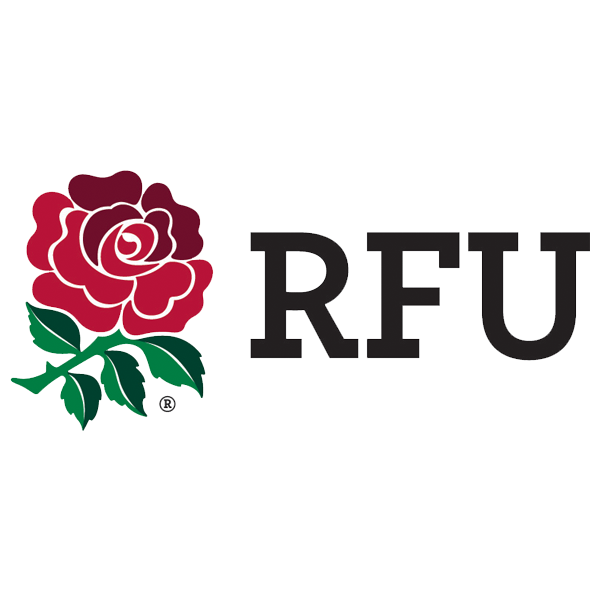Endorsment for our Introduction to Musculoskeletal Ultrasound Imaging in Sports Medicine course is currently being processed.
It is an intensive, highly practical, hands-on and highly interactive course with a high tutor participant ratio of at least 1:6. It is designed for sports medicine practitioners and provides a good grounding in tissue recognition and scanning skills as well as giving participants a clear idea of the skill level required and the time it takes to be competent and confident.
You will receive a certificate for the allocated CPD hours for the course, not a certificate of competence.
For MSK Diagnostic Ultrasound the only accredited pathways are via the Royal College of Radiologists and a PG Cert in MSK Sonography (such as at Canterbury University); it takes approximately 18 months and you have to do a clinic with a radiologist/sonographer once a week.
Participants to have attended an introduction to MSK ultrasound imaging course (not necessarily our course) and have good anatomical knowledge (especially cross-sectional) and access to an ultrasound scanner in their clinical setting.
Yes, any scanning requires the skill to optimise the image using the machine settings and the correct manual skill to assess the tissues of interest as well as the knowledge of how to avoid pitfalls.
Yes, to identify the correct target area you need the manual skill to visualise the needle and the procedure correctly as well as to follow up after injections.
Many portable machines are very good quality. Look for multi-frequency probes (5-12 MHz or higher), sensitive Power and colour Doppler and most important of course good, clear images. GE, Siemens, SonoSite, Mindray to mention a few manufacturers. Ask the representative to demonstrate a model in your clinic and compare!
The course gives you the practical skills, but it takes a lot more training to get familiar with the spectrum of normal anatomy appearance, trauma, pathology and clinical interpretation, before ultrasound can be combined with your clinical examination. Practise your skills on patients with their consent, do not use it immediately as a clinical skill.
Less than 28 days notice = No refund
29 to 56 days notice = 50% refund
Over 57 days notice = Full refund, less an administrative charge of 4% of the course fee
29 to 56 days notice = 50% refund
Over 57 days notice = Full refund, less an administrative charge of 4% of the course fee
Participants should have good anatomical knowledge (especially cross-sectional) and clinical experience.
Participants have ideally attended an introductory (Level 1) course, are expected to have regular access to an ultrasound scanner, are using ultrasound scanning as part of their daily practice, have completed at least 10 documented scans and are competent at identifying the normal appearance of most commonly assessed structures in MSK ultrasound.
No, our courses are purely sports medicine orientated and as such do not cover DVT screening or application in an A&E department.
Yes. Please email Francesca at info@ultrasoundtraining.co.uk. Please note that to guarantee your place, the final instalment must be received 28 days prior to the start of the course.



